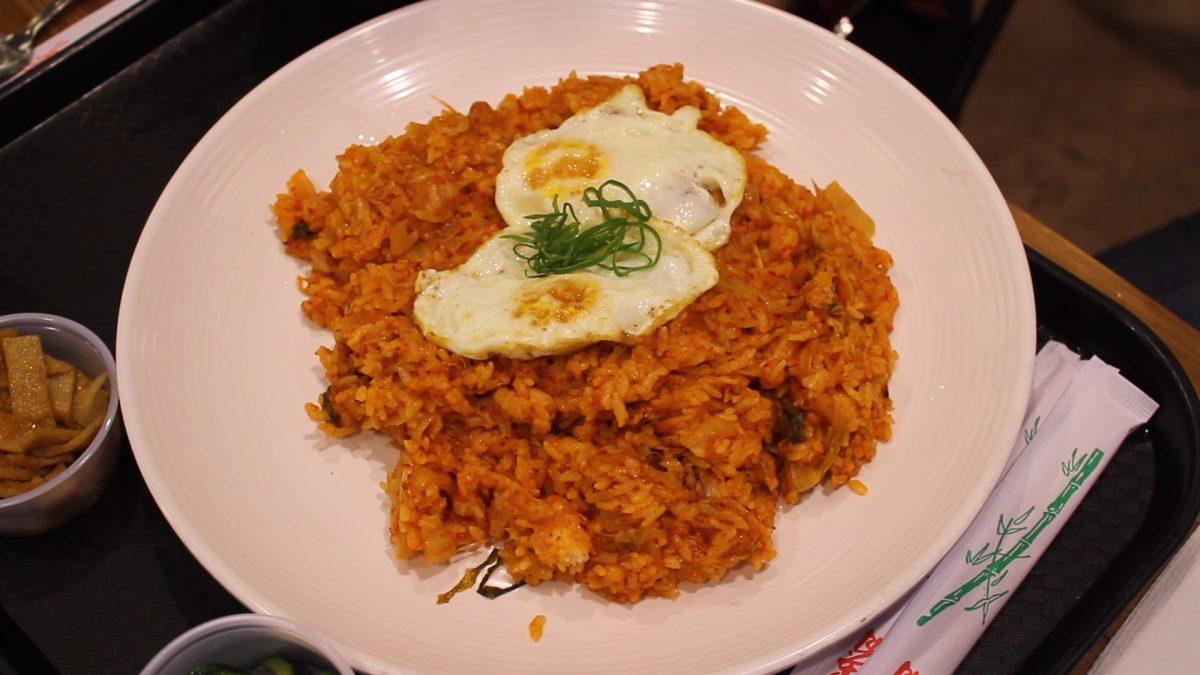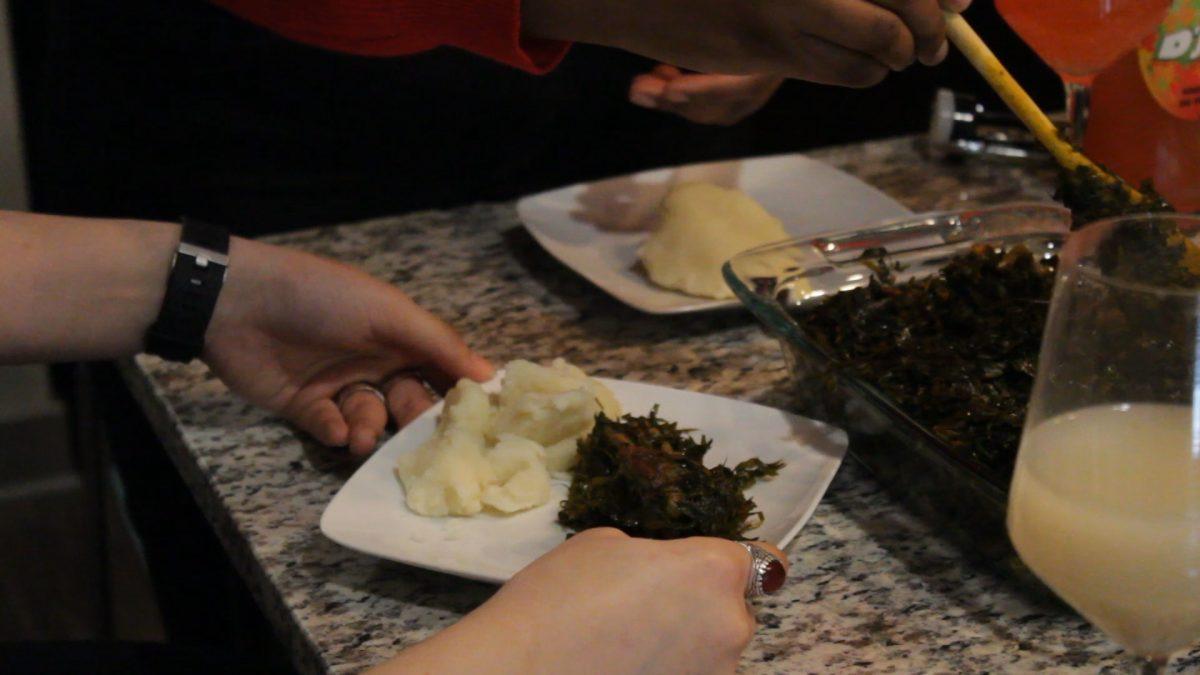
Chinese New Year is an extremely important holiday for Chinese people and is celebrated worldwide. It’s based on the Chinese lunar calendar, which existed since 14th century B.C., and lasts about 15 days, from the end of January to the end of February. Each year is represented by one of 12 animals which rotate every year in a cycle that lasts 12 years. This year was Year of the Pig, which is the 12th animal in the cycle and symbolizes wealth, compassion and generosity. The celebration itself is characterized by an emphasis on spending time with family, indulging in feasts and making way for good luck in the coming year.
This time, my fellow Chew Crew member Marco Salinas and I visited Kirin Court, a local Chinese restaurant, to celebrate Chinese New Year with the Malaysian Family Club, a cultural group that caters to Malaysians in Texas. The demographic is quite diverse, as Malaysia consists of mostly Malays, Chinese, Indians and other indigenous peoples. Malaysian Chinese people make up the largest portion of overseas Chinese people in the world. However, since Malaysia is so multicultural, people from the Malaysian Family Club often celebrate traditions and holidays beyond Chinese New Year, including celebrations such as Eid for Muslims and Diwali for Hindus.
At Kirin Court, the banquet hall was filled with the color red, and everyone who attended wore some kind of red in their clothing. Red symbolizes prosperity and happiness and is often emphasized in clothing and decorations during the New Year celebrations.
We ate a traditional Chinese New Year dinner, which consisted of a full, eight-course meal. I wasn’t used to anything beyond three courses, and it turned out that the portion size of each course was small enough that you could eat a few bites of each dish without getting full too quickly. The meal itself consisted of crab meat and seafood soup, jellyfish and fried shrimp balls, beef tenderloin in red wine sauce, Hong Kong-style prawns, roasted quail, mixed seafood and vegetables, stir-fried flounder with greens, fried rice and — my personal favorite — sliced oranges. I couldn’t eat a handful of the dishes because I eat zabiha halal meat, but I indulged in all the seafood that was new to me.
The crab meat and seafood soup tasted distinctly like egg drop soup and was creamy and chunky with bits of fish in it. The jellyfish had the texture of zucchini noodles and tasted like sweet chow mein, but I couldn’t eat more than a bite because I was slightly off-put by the fact that I was literally eating tentacles. My favorite savory dish was actually the stir-fried flounder, which turned out to be a crispy, bony flounder fillet with stir-fried bits of flounder on top. Despite my fear of eating fish bones, the crispy bones underneath were the best part of the dish. Marco and I doused them in red chili sauce, and they tasted like spicy potato chips.
During the meals, members of the Malaysian Family Club performed several dances including the famed lion dance — not to be confused with the dragon dance, which is performed by multiple people in a large dragon costume held together with poles. The lion dance mimics the movements of a lion and is said to bring good luck and prosperity. This time, there were two lions that interacted with one another on stage and throughout the hall. The dance was accompanied by thunderous drums and cymbals that played to the rhythm of the lion’s steps.
There was something enchanting about seeing people from so many different cultures celebrating the same tradition. Some people I spoke to there weren’t Chinese or Malaysian. It goes to show that holidays and celebrations aren’t just reserved for people of one culture.











